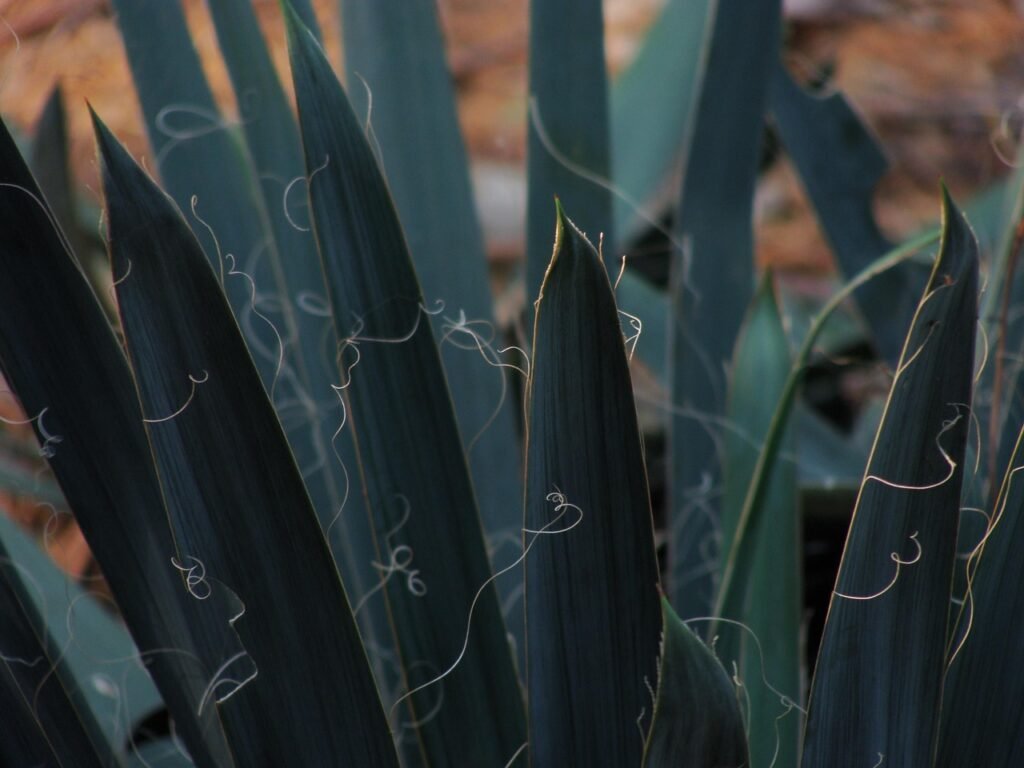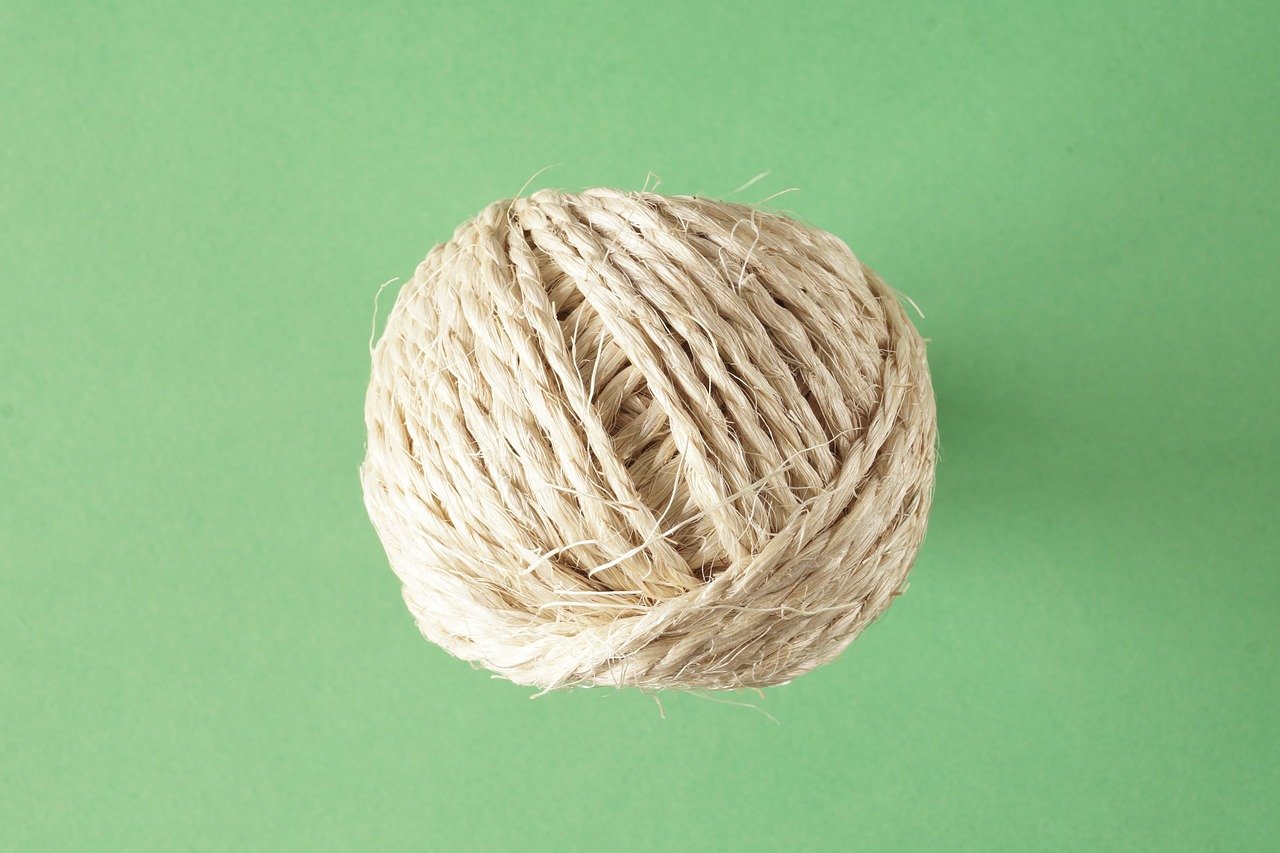Understanding Sisal Fiber
Properties, Applications, and Chemical Composition
Sisal Fiber
Sisal fiber is a widely used natural fiber that is easily cultivated from the sisal plant, also known as Agave sisalana. These plants produce rosettes of sword-shaped leaves that are initially toothed, but the teeth diminish as the leaves mature. Each leaf contains long, straight fibers that are extracted through a process called decortication. In this process, the leaves are beaten to remove the pulp and plant material, leaving the tough fibers behind. These fibers can then be spun into thread for use in twine and textile production or pulped for making paper products.

Sisal fiber is fully biodegradable, making it an environmentally friendly material. Green composites have been created using sisal fiber with soy protein resin modified with gelatin, and these composites have been characterized for their mechanical and thermal properties. Sisal is considered a highly renewable resource of energy.
This fiber is known for its exceptional durability and low maintenance, with minimal wear and tear. However, due to its toughness, sisal fiber is not suitable for textiles or fabrics. It is also not recommended for smooth wall finishes or use in wet areas.
One of the advantages of sisal is its ability to easily take dyes, offering the largest range of dyed colors among natural fibers. Importantly, sisal agriculture typically involves zero pesticides or chemical fertilizers, making it a sustainable choice. Sisal is a stiff fiber traditionally used in products like twine, rope, and dartboards. It is manufactured from the vascular tissue of the sisal plant (Agave sisalana) and is also used in automotive friction parts such as brakes and clutches, where it provides green strength. Additionally, sisal is used to enhance texture in coatings applications.

Properties of Sisal Fiber
- Sisal Fiber is exceptionally durable with a low maintenance with minimal wear and tear.
- It is Recyclable.
- Sisal fibers are obtained from the outer leaf skin, removing the inner pulp.
- It is available as plaid, herringbone and twill.
- Sisal fibers are Anti-static, does not attract or trap dust particles and does not absorb moisture or water easily.
- The fine texture takes dyes easily and offers the largest range of dyed colors of all natural fibers.
- It exhibits good sound and impact absorbing properties.
- Its leaves can be treated with natural borax for fire resistance properties.
Chemical Composition of Sisal Fiber
Components | Percentage (%) |
Cellulose | 65% |
Hemicelluloses | 12% |
Lignin | 9.9% |
Waxes | 2% |
Identification of Sisal Fiber
Name of Fiber | Fiber Type | Flame Reaction | Color | After Burn Order |
Sisal | Cellulose fiber | May flair when lit, burn | Soft gray ash | Burning paper or grass |

Uses/Application of Sisal Fiber
From ancient times sisal has been the leading material for agricultural twine because of its strength, durability, ability to stretch, affinity for certain dyestuffs, and resistance to deterioration in saltwater.
1. Sisal is used commonly in the shipping industry for mooring small craft, lashing, and handling cargo.
2. It is also surprisingly used as the fibre core of the steel wire cables of elevators, being used for lubrication and flexibility purposes. Traditionally sisal was the leading material for agricultural twine or baler twine. Although this has now been overtaken by polypropylene.
3. It is used in automobile industry with fiberglass in composite materials.
4. Other products developed from sisal fiber include spa products, cat scratching posts, lumbar support belts, rugs, slippers, cloths and disc buffers.
5. Sisal is used by itself in carpets or in blends with wool and acrylic for a softer hand.
